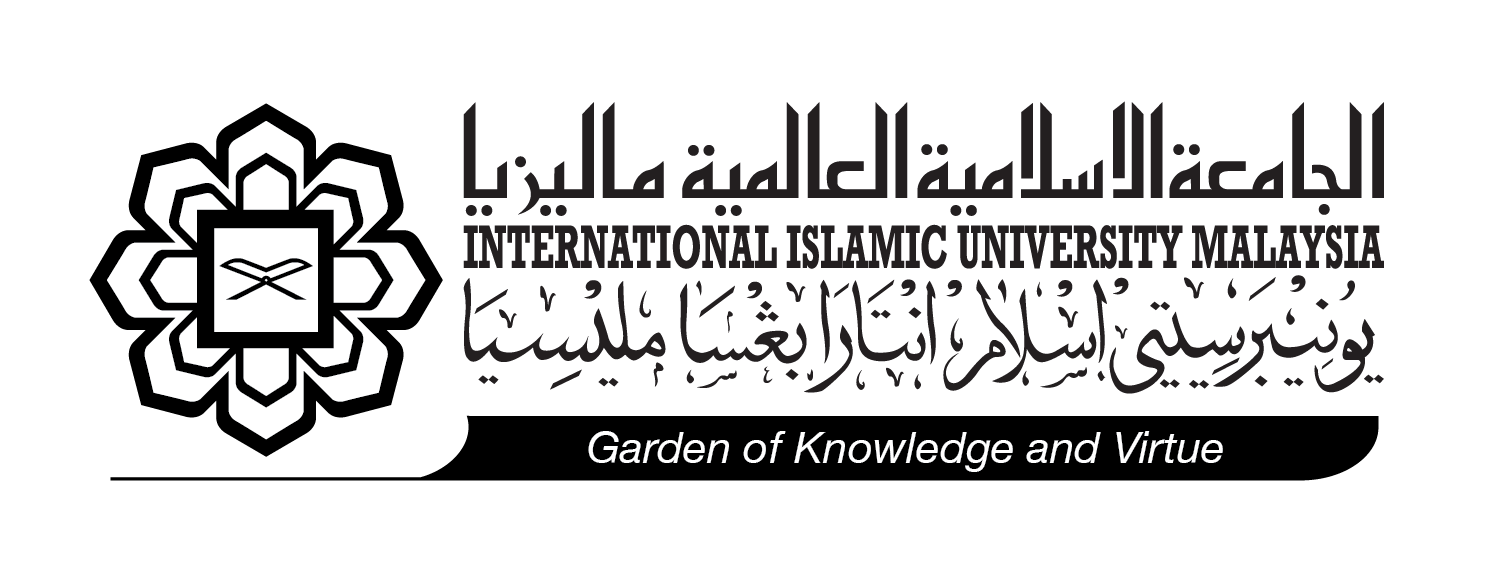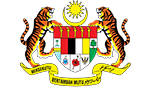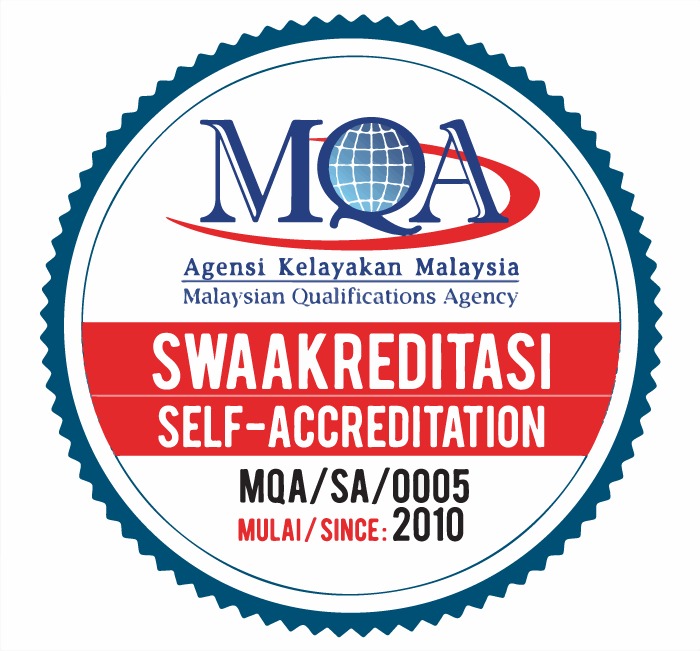الأخبار

Mangrove Tree Planting and Waste Analysis
التاريخ : 01 February 2023
المحرر : AHMAD MUAZ ZAKARIA
الفئة : News
غرد هذا
INSTRUCTIONAL PROGRAM
EDUCATIONAL FIELD TRIP: MANGROVE TREE PLANTING & WASTE ANALYSIS (VIA BEACH CLEANUP)
DATE/DAY: 28 JAN 2023/SATURDAY
LOCATION: PANTAI CEMPAKA, KUANTAN




ORGANIZER:
Department of Biology, CFS IIUM in collaboration with Malaysian Nature Society (MNS)
ORGANIZING COMMITTEE:
Advisor
Madam Kamaril Azlah binti Teruk
Programme Director
Sr. Siti Hajar binti Abdullah Sani
Secretary
Sr. Nazira binti Zubir
Special Task & Sponsorship
Sr. Nor Sa’adah binti Mohd Nasohah
Sr. Zahala binti Ghazali
Sr. Norfazlina binti Mohd Shaharuddin
Sr. Shafiyyah Solehah binti Zahari
Preparation, Technical and Transportation
Sr. Rositi Mashani binti Mohd. Sani
Sr. NurulHidayati binti Ruslai
Sr. Nurul Azrina binti Abd Aziz
Catering
Sr. Rozita binti Muslim
Br Azyril Iskandar bin Abdullah
Br Muhammad Ng Chee Hong bin Ng Ban Choi
On 28 January 2023, the biology department in collaboration with the Malaysian Nature Society (MNS) successfully initiated Instructional Program: Educational Field Trip - Mangrove Tree Planting and Waste Analysis (via beach cleanup) at Pantai Cempaka, Kuantan. Approximately 45 students who are currently taking Biology II (BLL0425) Course, 16 Biology department staff, 3 staff from other departments and 2 MNS members participated in the programme.




Among the objectives of the educational trip are:
- To enrich and fortify the knowledge on biodiversity, ecosystem and ecology, especially on the mangrove ecosystem.
- To strengthen the understanding of the concept of a sustainable environment and sustainable development goal through the programme.
- To inculcate awareness of a sustainable environment among staff and students of CFS IIUM through mangrove tree planting and beach cleanup activity.
- To adopt and experience hands-on experience in mangrove planting
- To guide, facilitate and motivate staff in teaching and learning
- To educate the students through an educational field trip
- To contribute to restoring dwindling mangrove plantations and thus help absorb carbon emissions while protecting residents from natural disasters such as flooding.
- To strengthen the ukhu’wah and teamwork among the staff members and students
Instructional educational field trips serve as alternative teaching and learning strategies for academic staff. It can also provide an enriching experience in terms of hands-on and minds-on for academic staff as well as students.
It is undeniable that teaching and learning of Biodiversity, Ecosystem and Ecology chapters are crucial in the Biology II syllabus. Theory knowledge of these topics is insufficient since some of them require practical skills. It is therefore pertinent to integrate these chapters into education and learning programmes.
The programme began with a welcoming remark by emcee, Sr. Nazira Zubir then followed by a welcoming speech by the Head of Biology Department, Madam Kamaril Azlah binti Teruk. Then, the head of Pahang Malaysian Nature Society, Madam Noor Jehan binti Abu Bakar shared some insight on the conservation and preservation efforts of Mangrove trees apart from the importance of Mangrove trees. She also shared information on waste management. Besides, she explained to all participants the correct method on how to plant the seeds of mangroves. Madam Noor Jehan was accompanied by Dr. Muhamad Rusdi bin Ahmad Rusmili.




Mangroves are a vital part of Malaysia’s ecosystem, protecting villages near coastlines and riverbanks from environmental risks, especially the risks from flooding and tsunamis. Unfortunately, due to illegal logging, fire, soil pollution and sea farming, 50% of mangrove cover has been lost in the last 10 years.
Mangroves are among the richest CO2 trees in the world. A typical mangrove hectare consists of 10,000 seedlings. 3.5 hectares of mangroves are capable of absorbing the carbon emissions of one typical passenger automobile per year. Increasing the yield of these hectares could help to increase carbon sequestration per hectare by up to 75%.
Recognizing the urgency to address climate change in ensuring a sustainable future, many parties and organizations intend to continue their sustainability efforts with more biodiversity programmes that involve employees, the surrounding communities and the youth through intensive environmental programmes. Thus, this programme is an initiative undertaken by the biology department which supports the ongoing efforts towards a sustainable environment. It is crucial that restoration efforts of these mangrove swamp forest ecosystems are hastened as it provides infinite value to the coastal protection and the country’s biodiversity as well as food resources.
One of the activities related to biodiversity, ecosystem and ecology is hands-on experience in planting mangroves seed and exploring the importance of mangroves, especially in a sustainable environment. This is part of an effort to conserve the country’s biodiversity whilst also improving the quality of the natural environment and rivers. The programme conducted indirectly boosts the participants’ knowledge of how mangroves can help to reduce shoreline erosion and protect coastal communities against coastal flooding, high winds and waves.
The fundamental objective of sustainable mangrove ecosystem management is to promote conservation, restoration or rehabilitation, and the sustainable use of mangrove ecosystems and their associated habitats to benefit local to global populations and their livelihoods. In many instances, sustainable mangrove ecosystem management can contribute to creating Nature-based Solutions to societal challenges, including climate change and biodiversity loss.
“But seek, through that which Allah has given you, the home of the Hereafter; and [yet], do not forget your share of the world. And do good as Allah has done good to you. And desire not corruption in the land. Indeed, Allah does not like corrupters”
Surah Al-Qasas (28), verse 77
About 500 seeds were planted by the participants. The area for mangrove tree planting was at the juncture of the sea and river. Mangrove trees grow best in brackish water, a mixture of freshwater and saltwater. The mangrove seed was planted about one meter apart to allow growth. The participants were also suggested to embroider the mangrove seeds. Not all mangrove seeds must be planted at planting time, but they can be set aside for the next stage, namely embroidery. Embroidering is an important stage after the planting stage, because it aims to maintain the mangrove seeds that have been planted in order to get maximum survival. Embroidering is done by replacing dead mangrove seeds with new mangrove seeds. Mangrove tree seeds germinate, split open and grow a 6- to 12-inch-long cylindrical root called a propagule while still attached to the tree. These then fall, stick into the mud and grow. In nature, propagules can float on the ocean currents for up to a year before landing and sprouting. Mangrove seeds can be planted by simply poking or punching holes with long sticks in the soil. This is to ensure the planting hole is deep enough. Then the bottom of the mangrove propagule is inserted about 1 to 2 inches deep into the hole. The bottom is the fatter part that is usually slightly reddish. The top is pointed and slender. The mangrove seed should be buried more than half so that it is firm and can stand upright without support. This is also to avoid the planted mangrove seed from getting washed away by a strong current.








Apart from that, an analysis of waste was executed after the beach cleanup. Beach cleanups also act as eye-opening experiences and assist to enhance public awareness of plastic pollution. Data collection and reporting is a crucial element of the Beach Cleanup Program. The effectiveness of the program would reduce and beach cleanups would be a reactionary response to plastic pollution in the absence of data. Beach cleanup data can be used in a multitude of ways, from identifying ‘hotspots’, to influencing laws that reduce the use and production of single-use plastics to tracking trends in trash data. Hence, this can demonstrate the effectiveness of policy in keeping plastics off of beaches in the first place. After observing just how much ends up on our beaches as well as rivers, participants become aware of the impact our waste has on the environment, thus eliminating any “trash blindness.” With the growth of the single-use mindset, our beaches and waterways have been hit by an increasing amount of plastic. This elevated awareness helps to drive citizen action and collection of data, which can be used to influence laws and work toward the ultimate goal of source reduction of plastics. Littered beaches have adverse effects on the health of people, economies, wildlife and our ocean. Beach cleanups reduce plastic pollution, protect our coasts, and raise awareness about the larger issues of plastic production and over-consumption. Cleaning at or near the water line helps because this is where the highest concentration of plastic per square meter accumulates. Discarded waste would end up in the ocean where it could harm marine life and damage crucial ecosystems. Plastic items and packaging intended for single use, make up much of the waste picked up in beach cleaning activities. Solutions to the environmental damage caused by the accumulation of plastic in the ocean involve a reduction in the reliance on and manufacture of single-use plastic, as well as re-use and recycling. Plastic items gradually break into smaller particles in the sea and become available to a variety of organisms as “false food”. Plastics ingested by marine organisms from microscopic crustaceans to birds have become a serious problem for the marine ecosystem. Fishing nets are also doubly dangerous and responsible for capturing or ensnaring fish and turtles. In order to minimize the negative impact of plastic pollution on the environment, cleanup strategies need to be optimized to target the most impacted areas while limiting economic costs. Recent studies indicate that plastics remain trapped in coastal zones with at least 77% of buoyant marine plastic debris beaching or floating in coastal waters. Therefore, beach cleanups have the potential to be a highly effective mitigation measure. Different sources of marine litter exist, such as mismanagement of waste near the coast, input from rivers, or fishing gear which is lost at sea. The litter is then transported through the environment, and can eventually end up on beaches, influenced by various factors such as ocean currents and winds.
Items collected in the beach cleanup activity include plastic fragments, food wrappers, yards of rope, foam fragments, bottles, bottle caps and rings, plastic straws, fishing items, consumer goods, sanitary and medical.








https://youtu.be/kIrKXxaNTrY
Reported by,
Sr. Nazira binti Zubir
Secretary Educational Field Trip : ‘Mangrove Tree Planting and Waste Analysis’
Biology Department
CFS, IIUM













